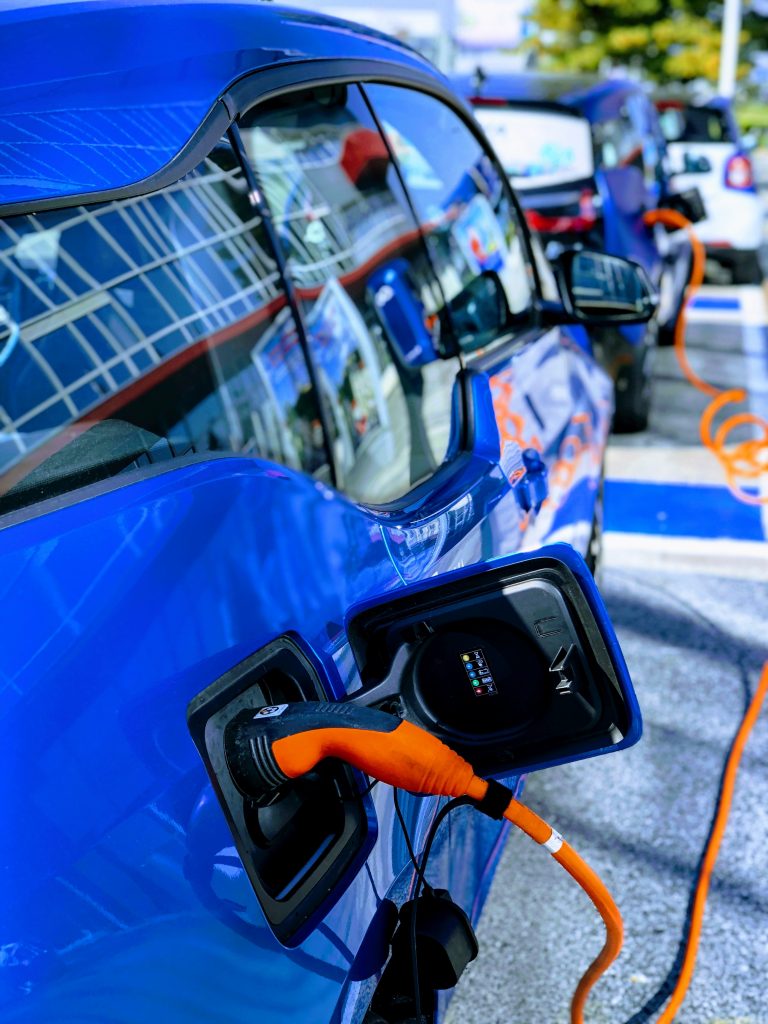Is Now the Time to Buy an Electric Car?

Electric vehicles or EVs as they’re often called, have been around for a while, but for many people, the economics of owning an EV haven’t made sense. Now though, with prices at the pump reaching new highs, you might be asking whether it’s finally time to make the switch. The answer to that question can be complicated. Indeed, while a Tesla and a gas powered Ford might look similar and perform a similar function, the decision to buy an EV requires an understanding of a different set of variables than you might consider with a gas-powered car. You might, for example, think about miles per gallon, gas prices, or even how long it takes to go from 0 to 60 when buying the Ford, but when buying the Tesla, you’d need to thinking about charging times, battery storage, and driving ranges. Indeed, factors such as how quickly you can go from 0 to 60 are less relevant when buying an EV since the technology used largely standardizes that feature. Driving habits, however, can become a critical factor due to the limited availability of charging stations and the time involved with charging. Sticker prices are another factor. Kelly Blue Books estimates that sticker prices on many EVs are on par with luxury gas-powered vehicles, but that the real price could be much lower depending on the availability of rebates and, of course, gas prices. Moreover, thanks to pandemic-related global supply chain issues and a global shortage of semiconductor chips, inventories of all vehicles are limited right now, but the decision to buy an EV could mean a wait time of as much as a year.
Insurance costs on an EV are typically higher with an EV, but maintenance costs are often lower. Even variables such as where you charge your EV adds additional layers of complexity to the equation. For example, the U.S. Energy Department estimates that it would cost the owner of a Tesla Model Y about $10.50 to charge the car at home, giving the owner a driving range of about 315 miles. However, according to the Department of Energy, charging a mid-sized EV at a public charging station would cost about $45. Infrastructure issues are also a consideration. While charging stations are more available than ever before, they remain very limited in comparison to the huge number of traditional gas stations. You might conclude therefore, that charging at home could be easiest and cheapest, yet it takes a long time to charge an EV via a traditional household outlet. In fact, many EV owners invest in a higher voltage outlet adding another cost to the real price of an EV. If you live in an apartment, charging at home or upgrading your outlet may not be a choice, making your cost scenario different from that of a homeowner. With all of this to consider and more, your answer to the question of whether it’s time to switch may be “it’s complicated!”
Discussion Questions:
1. EVs generally carry a higher sticker price as compared to comparable gas-powered vehicles. Using price elasticity of demand as a starting point, discuss how rising gas prices could drive some consumers to buy an electric car.
2. The decision to switch to an EV can involve analyzing a complex array of unfamiliar variables such as charging times, infrastructure issues related to the availability of charging stations, voltage requirements, and driving habits. In your opinion, given the complexity and newness of these variables, do you think most buyers are making their purchase decisions rationally or simply going with their gut? Explain. Are EVs and gas-powered vehicles substitute products?
3. Most people would probably agree that protecting the environment from damaging CO2 emissions is important to the future of the planet. Yet, the number of EVs on the road remains relatively low. While barriers to owning an EV such as sticker prices and the availability of charging stations likely discourages some people from making the switch, for others, the decision to continue to drive a gas powered vehicle over an EV is less clear. From a behavioral economics perspective, discuss this situation. Why do some people, despite their desire to take other actions to protect the environment, continue to drive gas-powered vehicles?
Sources| WSJ: Thinking of Buying an EV as Gas Prices Surge?; CNN: Gas prices are spiking. It’s time for another look at plug-in hybrids; Entrepreneur: Tesla Orders Surge 100% As People Turn To Electric Cars Amid High Gas Prices; Unsplash: Photo by John Cameron on Unsplash












